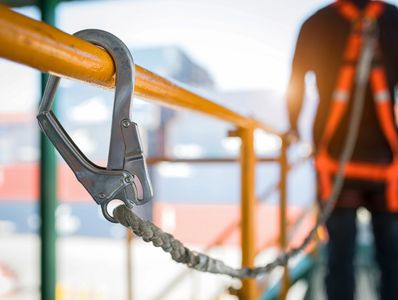Workplace Training: Take Your Training to the Next Level

Working at Heights - FAQ
Q: What is classed as working at height, and why?
A: Working at height is any place where a person could fall and be injured, even if it’s only a short distance. The Work at Height Regulations 2005 make this clear because most serious injuries come from falls of less than 2 metres.
Q: Do I need training to work at height, and why?
A: Yes. The Work at Height Regulations require anyone working at height to be competent. Training ensures workers know how to use access equipment safely and prevent falls.
Q: Do I always need fall protection when working at height, and why?
A: Yes. Falls are the biggest cause of workplace fatalities. The law requires protection such as guardrails, MEWPs, or harnesses whenever there is a risk of falling.
Q: Can I use ladders for work at height, and why?
A: Yes, but only if the task is low risk and short duration. The regulations say ladders should not be the first choice, but they are acceptable if safer alternatives are not practical.
Q: Do I need to inspect work at height equipment, and why?
A: Yes. MEWPs, scaffolds, and ladders must be inspected before use and at regular intervals. Faulty equipment can cause serious accidents and is not legally compliant.
Q: Can anyone operate a MEWP, and why?
A: No. Only trained and competent operators may use MEWPs. Training ensures knowledge of safe operation, emergency controls, and fall protection requirements.
Q: What records should I keep for working at height, and why?
A: Keep inspection reports, risk assessments, and training records. These demonstrate compliance with the Work at Height Regulations and protect your business in case of an incident.
Q: Do I always need a rescue plan, and why?
A: Yes. If someone falls into a harness or becomes stuck at height, a rescue plan must be in place. The regulations require employers to plan for emergencies, not rely on emergency services alone.
